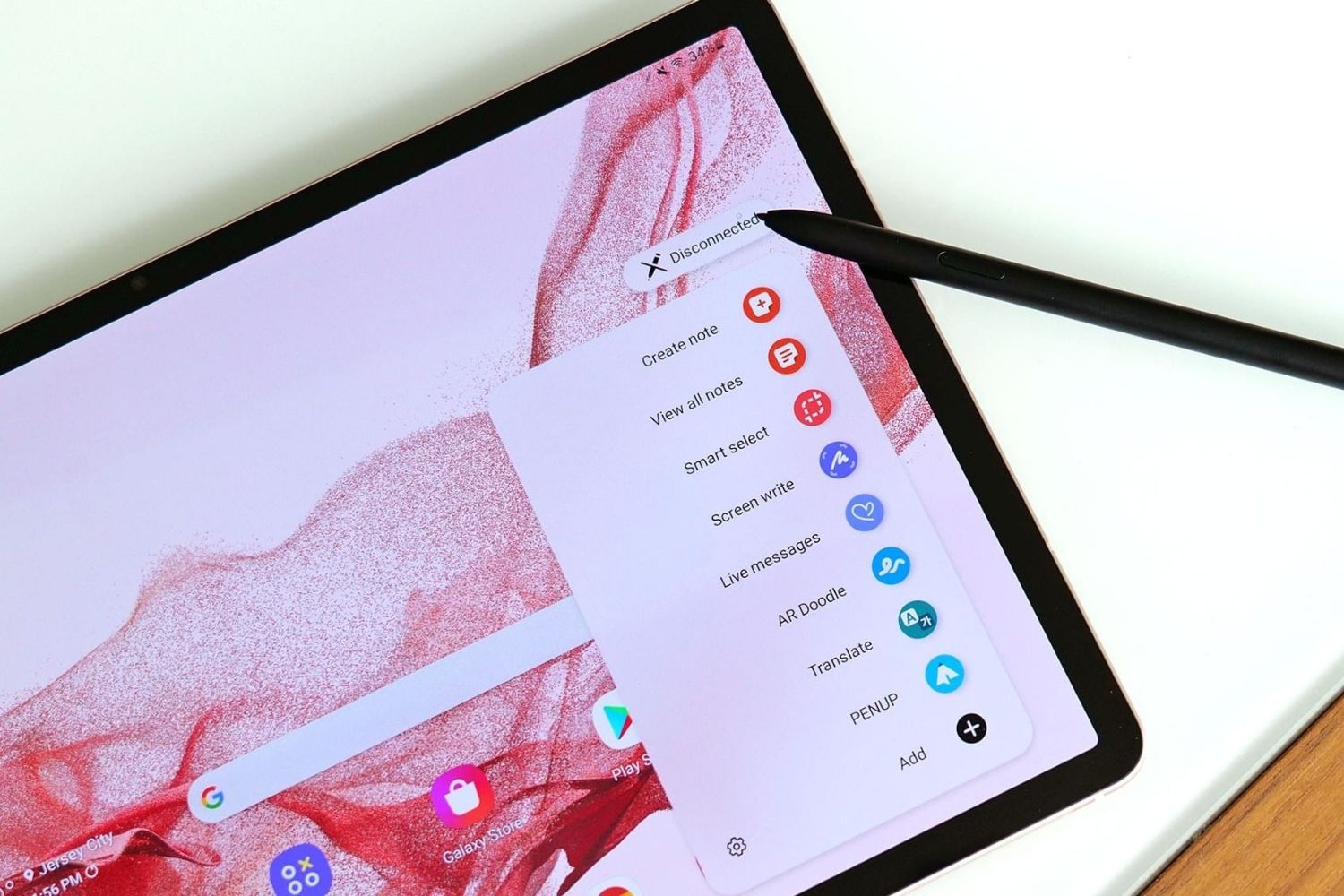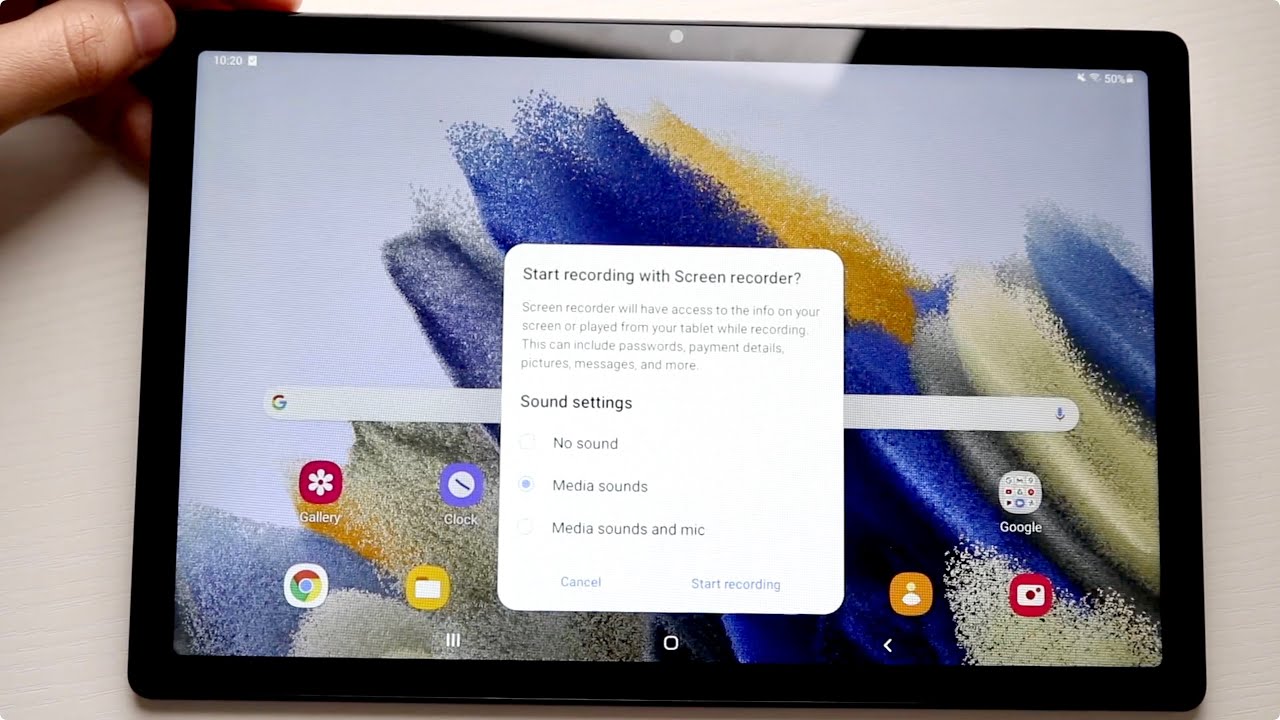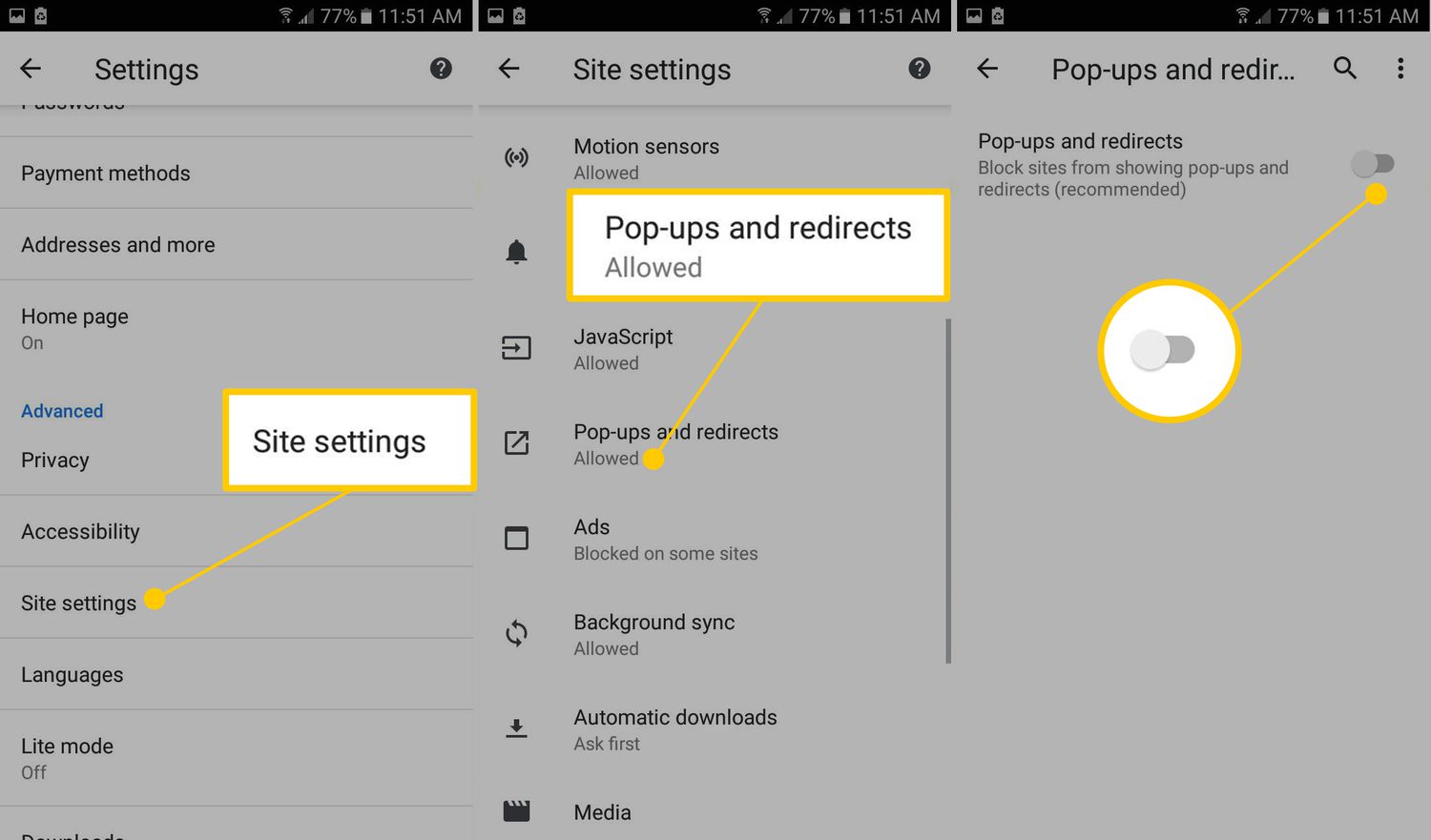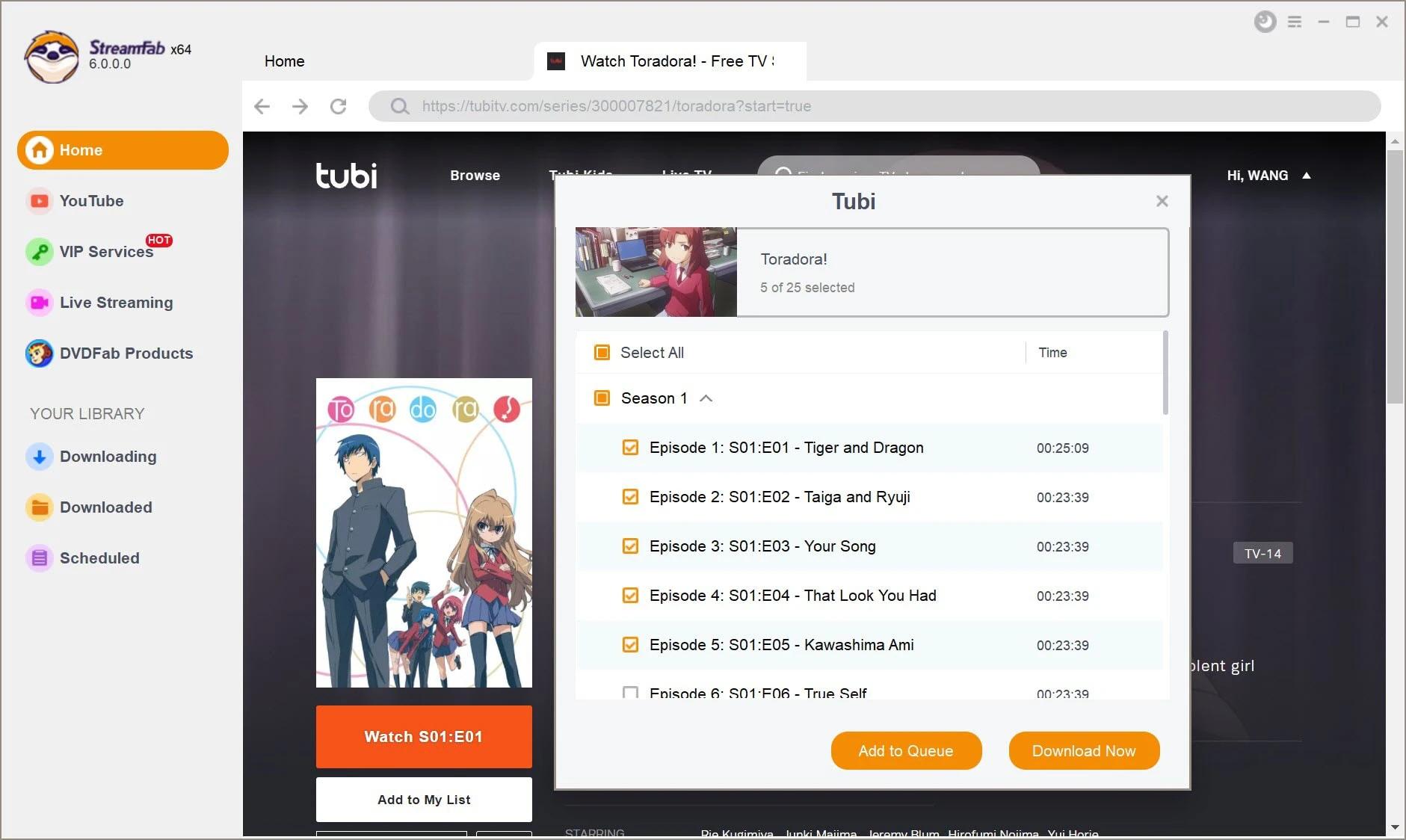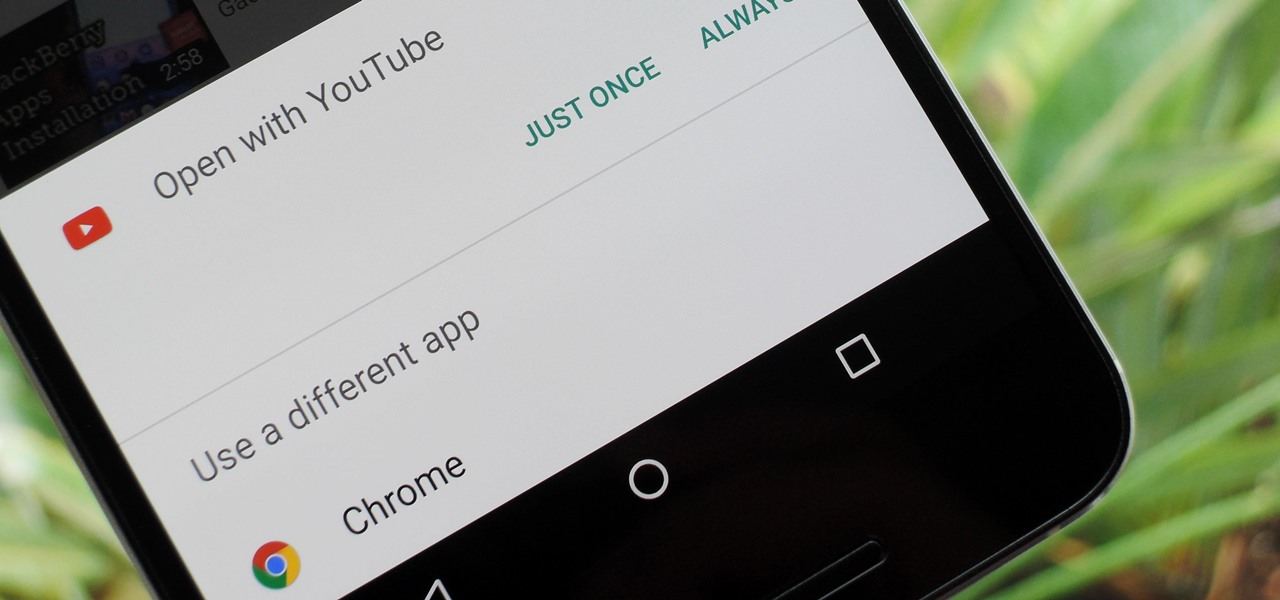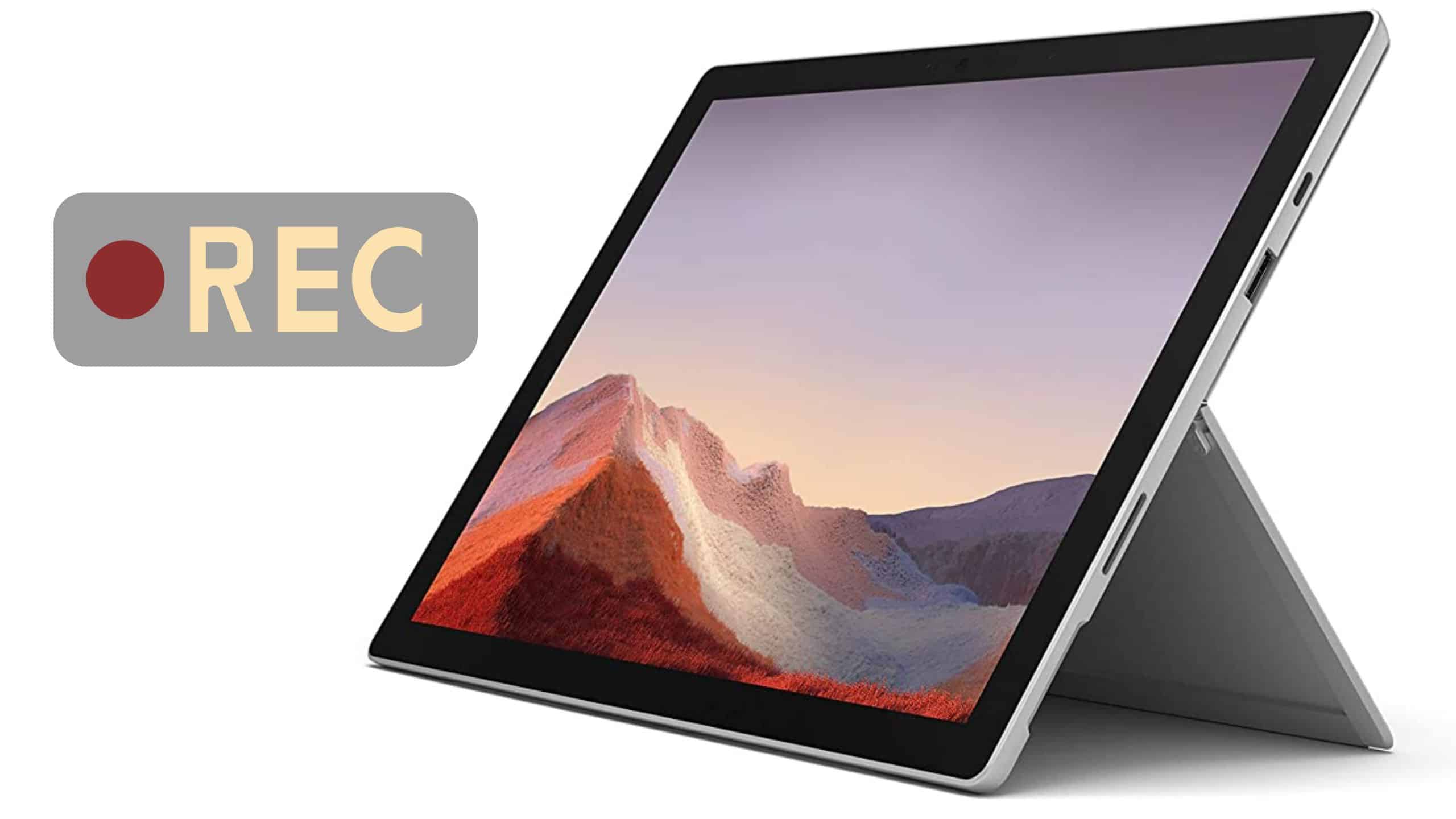Introduction
Are you constantly bothered by annoying pop-ups on your Android tablet? You’re not alone. Pop-ups can be intrusive, distracting, and even lead to potentially harmful websites or downloads. However, there are several methods you can employ to put an end to these unwanted interruptions, ensuring a smoother and more enjoyable browsing experience on your Android tablet.
Before we dive into the solutions, it’s important to understand why you’re encountering pop-ups in the first place. Pop-ups typically occur when you visit certain websites or have specific apps installed on your device. They are designed to grab your attention or promote products and services.
While some pop-ups are harmless and merely serve as advertisements, others may contain malicious software or attempt to collect your personal information. It’s essential to address these pop-ups to protect your privacy, maintain a seamless browsing experience, and enhance the overall performance of your Android tablet.
In this article, we will explore various methods to stop pop-ups on your Android tablet. These methods include adjusting browser settings, installing ad-blocker apps, clearing cache and cookies, disabling notifications from specific apps, updating your Android system and apps, avoiding malicious websites and apps, and even resetting your tablet to factory settings if necessary. By following these steps, you can regain control over your browsing experience and keep those pesky pop-ups at bay.
Why am I getting pop-ups on my Android tablet?
If you find yourself bombarded with pop-ups on your Android tablet, it’s important to understand the underlying causes. Several factors contribute to the appearance of these intrusive messages:
1. Ad-supported apps: Many free apps on the Google Play Store are supported by advertising to generate revenue. These apps often display pop-up ads within the app or even when you’re using other applications on your tablet.
2. Malware or adware: Malicious software or adware can find its way onto your Android tablet, leading to the frequent display of pop-ups. These pop-ups may be disguised as legitimate advertisements, but they can harm your device and compromise your personal information.
3. Infected websites: Visiting certain websites that contain malicious scripts or codes can trigger pop-ups on your tablet. These websites can be intentionally designed to deliver unwanted advertisements or infect your device with malware.
4. Suspicious apps: Some apps downloaded from third-party sources or unreliable app stores may contain adware or have hidden functionality that displays pop-up ads on your tablet even when you’re not using them.
5. Outdated software: If your Android system or apps are outdated, they may be more susceptible to vulnerabilities that allow pop-ups to appear. Updating your software regularly can help prevent such issues.
It is crucial to address these underlying causes to eliminate or minimize pop-ups on your Android tablet. In the following sections, we will explore effective methods to tackle this issue head-on, ensuring a hassle-free browsing experience on your device.
Method 1: Adjusting the browser settings
One of the first steps you can take to stop pop-ups on your Android tablet is to adjust the settings of your web browser. Each browser has different options, but the following steps are applicable to most popular browsers:
- Open your browser on your Android tablet and tap on the menu icon (usually represented by three vertical dots or lines) located in the top right corner of the screen.
- Select “Settings” from the drop-down menu.
- Scroll down and locate the “Site settings” or “Content settings” option.
- Tap on “Site settings” or “Content settings” to access the options specific to that browser.
- Look for the “Pop-ups” or “Ads” section and toggle the switch to block pop-ups.
- You may also find additional options to block or allow pop-ups on specific websites. Adjust these settings as desired.
- Once you’ve made the necessary changes, exit the browser settings.
By adjusting the browser settings to block pop-ups, you can significantly reduce the number of intrusive advertisements and other unwanted pop-ups that appear while using your Android tablet’s browser. However, keep in mind that this method may not completely eliminate all pop-ups since some websites may use techniques to bypass these settings.
It’s worth noting that different browsers have varying interfaces and settings, so the steps above may differ slightly depending on the browser you use. Take some time to explore and familiarize yourself with the settings of your specific browser to ensure effective pop-up blocking.
Now that you’ve adjusted the browser settings, let’s move on to the next method to tackle pop-ups on your Android tablet.
Method 2: Installing an ad-blocker app
If adjusting the browser settings is not enough to combat pop-ups on your Android tablet, you can take it a step further by installing an ad-blocker app. Ad-blocker apps are designed to block intrusive ads, including pop-ups, within apps and browsers, providing you with a smoother and ad-free browsing experience. Here’s how you can install an ad-blocker app on your Android tablet:
- Open the Google Play Store on your Android tablet.
- In the search bar, type “ad-blocker” or “ad-blocker app.”
- Tap on the search icon or press the Enter key.
- You will find a list of ad-blocker apps available for download. Browse through the options and read user reviews to determine which app best suits your needs.
- Select the ad-blocker app you want to install by tapping on it.
- Tap on the “Install” button.
- Once the installation is complete, open the ad-blocker app.
- Follow the on-screen instructions to configure the app to block pop-ups and ads.
It’s important to note that ad-blocker apps can vary in their effectiveness, so it may require some trial and error to find the one that works best for you. Additionally, some ad-blockers may require you to grant certain permissions or enable additional settings within your Android tablet’s system preferences for optimal performance.
By installing an ad-blocker app, you can enjoy a more ad-free browsing experience on your Android tablet, reducing the likelihood of encountering pop-ups and other intrusive advertisements.
With method 2 completed, let’s move on to method 3, where we will explore clearing the cache and cookies on your Android tablet to further tackle those pesky pop-ups.
Method 3: Clearing cache and cookies
If you’re still encountering pop-ups on your Android tablet, clearing the cache and cookies can help resolve the issue. Cache and cookies are temporary files stored by websites to enhance your browsing experience. Over time, these files can accumulate and potentially cause conflicts, leading to the display of unwanted pop-ups. Follow the steps below to clear the cache and cookies on your Android tablet:
- Open the Settings app on your Android tablet. You can usually find the Settings app in your app drawer or by swiping down from the top of the screen and tapping on the gear icon.
- Scroll down and tap on “Apps” or “Apps & notifications,” depending on your device.
- Find and tap on your preferred web browser app from the list of installed apps.
- Once you’re in the browser app settings, look for the “Storage” or “Storage & cache” option.
- Tap on “Clear cache” to remove the temporary files stored by the browser.
- Next, tap on “Clear data” or “Clear storage” to delete the website data, including cookies.
- Confirm your action when prompted.
Clearing the cache and cookies may log you out of websites and delete saved preferences, so keep that in mind. However, it can help resolve issues with pop-ups caused by cached files or cookies that have become corrupted or outdated.
If you use multiple browsers on your Android tablet, repeat the above steps for each browser app to clear the cache and cookies effectively.
With the cache and cookies cleared, you have taken a crucial step towards minimizing the occurrence of pop-ups on your Android tablet. Let’s move on to method 4, which involves disabling notifications from specific apps to further improve your browsing experience.
Method 4: Disabling notifications from specific apps
Pop-up notifications from certain apps can be a major source of annoyance on your Android tablet. Disabling notifications from these apps can help eliminate pop-ups and improve your overall browsing experience. Follow the steps below to disable notifications from specific apps:
- Open the Settings app on your Android tablet.
- Scroll down and tap on “Apps” or “Apps & notifications,” depending on your device.
- Find and tap on the app from which you want to disable notifications.
- In the app settings, look for the “Notifications” option.
- Tap on “Notifications” to access the app’s notification settings.
- You may see different notification categories or channels. Tap on the relevant category or channel to modify its settings.
- Toggle off the switch for “Allow notifications” or any other related setting to disable notifications from the app.
- Repeat the above steps for any other apps from which you want to disable notifications.
Disabling notifications from specific apps can help prevent pop-ups generated by these apps from appearing on your Android tablet. Keep in mind that by disabling notifications, you may miss out on important alerts or updates from the apps.
If you want to enable notifications from a particular app in the future, simply revisit the app’s settings and toggle the notification switch back on.
By taking control of app notifications, you can minimize the distractions caused by pop-ups and enjoy a more streamlined browsing experience on your Android tablet.
With method 4 completed, let’s proceed to method 5, where we will discuss the importance of updating your Android system and apps to address pop-up issues.
Method 5: Updating your Android system and apps
Keeping your Android system and apps up to date is crucial for maintaining the overall security and performance of your device, and it can also help address the issue of pop-ups. Outdated software may contain vulnerabilities that can be exploited by malicious entities to display unwanted pop-ups on your Android tablet. Therefore, it’s important to regularly update your Android system and apps. Follow these steps to update your Android system and apps:
- Open the Settings app on your Android tablet.
- Scroll down and tap on “System” or “About phone/tablet.”
- Find and tap on “System updates” or “Software updates.”
- Tap on “Check for updates” to scan for available updates for your Android system.
- If an update is found, follow the prompts to download and install it.
- After updating your system, go back to the Settings app.
- Scroll down and tap on “Apps” or “Apps & notifications.”
- Select the app you want to update.
- If an update is available, you will see an “Update” button. Tap on it to download and install the latest version of the app.
- Repeat the above steps for any other apps that require updates.
Keeping your Android system and apps updated ensures that you have the latest security patches, bug fixes, and optimizations. This reduces the chances of encountering pop-ups caused by outdated software vulnerabilities.
It’s worth noting that app updates may also bring improvements in ad-blockers and pop-up blocking mechanisms, further enhancing your ability to combat unwanted pop-ups on your Android tablet.
With method 5 completed, we’re making progress in our efforts to eliminate pop-ups. Next, we’ll explore method 6, which involves avoiding malicious websites and apps to ensure a safer and pop-up-free browsing experience.
Method 6: Avoiding malicious websites and apps
One of the most effective ways to prevent pop-ups on your Android tablet is to be cautious when browsing the internet and downloading apps. Avoiding malicious websites and apps can significantly reduce the risk of encountering pop-ups and potentially harmful content. Here are some guidelines to help you steer clear of these threats:
- Stick to trusted websites: When browsing the internet, prioritize well-known and reputable websites. These sites are less likely to host malicious pop-ups or contain harmful content.
- Verify website URLs: Before entering any personal information or downloading any files, double-check the URL of the website. Malicious websites may use a similar-looking URL to deceive users.
- Be cautious with app downloads: Only download apps from official sources like the Google Play Store. These platforms have security measures in place to vet apps for malware and malicious activities.
- Read app reviews: Before downloading an app, take the time to read user reviews and check the app’s ratings. Reviews can provide insights into the app’s reliability and whether it may generate pop-ups or contain invasive ads.
- Review app permissions: When installing an app, pay attention to the permissions it requires. If an app asks for unnecessary permissions to access your personal data or display intrusive ads, it may be best to avoid it.
- Avoid suspicious ads and links: Be cautious when clicking on ads or links, especially those that appear suspicious or too good to be true. These may lead to websites that generate pop-ups or prompt downloads of malicious content.
- Keep security software up to date: Install a reputable security app on your Android tablet and ensure it is regularly updated. These apps provide an added layer of protection against harmful websites and apps.
By following these guidelines, you can minimize the risk of encountering pop-ups and other malicious content on your Android tablet. Remember, prevention is key when it comes to protecting your device and ensuring a hassle-free browsing experience.
With method 6 in place, we’re nearing the end of our journey to stop pop-ups on your Android tablet. In the next section, we will explore method 7, which involves resetting your tablet to factory settings as a last resort.
Method 7: Resetting your Android tablet to factory settings
If you have tried all the previous methods and are still struggling with persistent and stubborn pop-ups on your Android tablet, resetting your device to factory settings can be a last resort. This method will erase all data and settings on your tablet, essentially restoring it to its original state. Here’s how you can perform a factory reset:
- Open the Settings app on your Android tablet.
- Scroll down and tap on “System” or “About phone/tablet.”
- Look for the “Reset” or “Backup & reset” option.
- Tap on “Factory data reset” or “Factory reset.”
- You may be prompted to enter your device’s PIN or password.
- Review the information provided about the reset process and the data that will be erased. Take note that all personal data, including apps, accounts, and files, will be deleted.
- If you’re ready to proceed, confirm your action and wait for the reset process to complete.
- Once the reset is finished, your Android tablet will restart, and you can set it up as if it were a brand new device.
Performing a factory reset will remove any installed apps, including those that may have been causing the pop-ups. It will also delete any potentially corrupted files or settings that could have led to the issue. However, it’s important to back up any important data before performing a factory reset, as it cannot be undone.
After the factory reset, it is advisable to reinstall apps from trusted sources and take necessary precautions, such as adjusting browser settings and enabling security features, to further protect your Android tablet against pop-ups and potential security threats.
With method 7 completed, you have now explored various methods to stop pop-ups on your Android tablet. By implementing these strategies, you can enjoy a smoother and uninterrupted browsing experience, free from the nuisances of unwanted pop-up advertisements.
Conclusion
Dealing with pop-ups on your Android tablet can be frustrating and disruptive, but you have taken significant steps to address this issue. By adjusting browser settings, installing an ad-blocker app, clearing cache and cookies, disabling notifications from specific apps, updating your Android system and apps, avoiding malicious websites and apps, and even resetting your tablet to factory settings as a last resort, you have equipped yourself with a range of effective methods to stop pop-ups.
Remember that each method has its own advantages and limitations, and it may require some trial and error to find the combination that works best for your specific Android tablet and browsing habits. It’s crucial to stay vigilant and cautious when browsing the internet, downloading apps, and interacting with advertisements to minimize the risk of encountering pop-ups and other potential threats.
By following these methods and staying proactive in maintaining a secure and optimized Android tablet, you can enjoy a smoother, more enjoyable browsing experience. Say goodbye to those intrusive pop-ups and regain control over your device.
Take the time to implement these strategies consistently and stay updated with the latest security measures to ensure ongoing protection against pop-ups and other online nuisances. With determination and a little technical know-how, you can successfully put an end to pop-ups on your Android tablet and enjoy a seamless browsing experience.







